Norrköping’s south-eastern districts of Ljura, Hageby and Navestad were built in the 1950s, 60s and 70s to accommodate Sweden’s growing urban population. Initially a high capacity tramline was planned to serve the large population of the areas, but a lack of funds thwarted their construction. Over the years the area encountered problems such as unemployment and social segregation. Although the problems were not extreme, anyone who could afford to move out, did so. More recently, the population of Norrköping has again been growing, creating a demand for more dwellings. Making Ljura, Hageby and Navestad attractive again was thus a high priority.
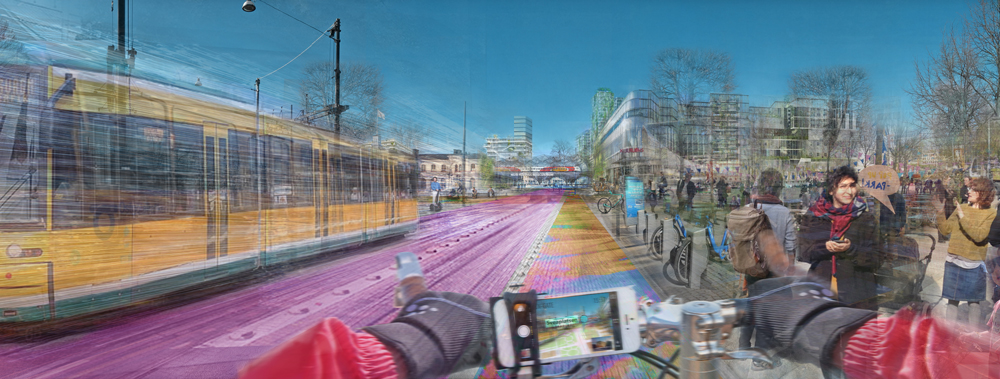
Solution
The construction of tramlines has been an integral part of city planning in Norrköping since as early as 1904 and the network of tramlines has grown continuously since then. In Ljura, Hageby and Navestad too, space for a tramline was kept free, but the line was never built.
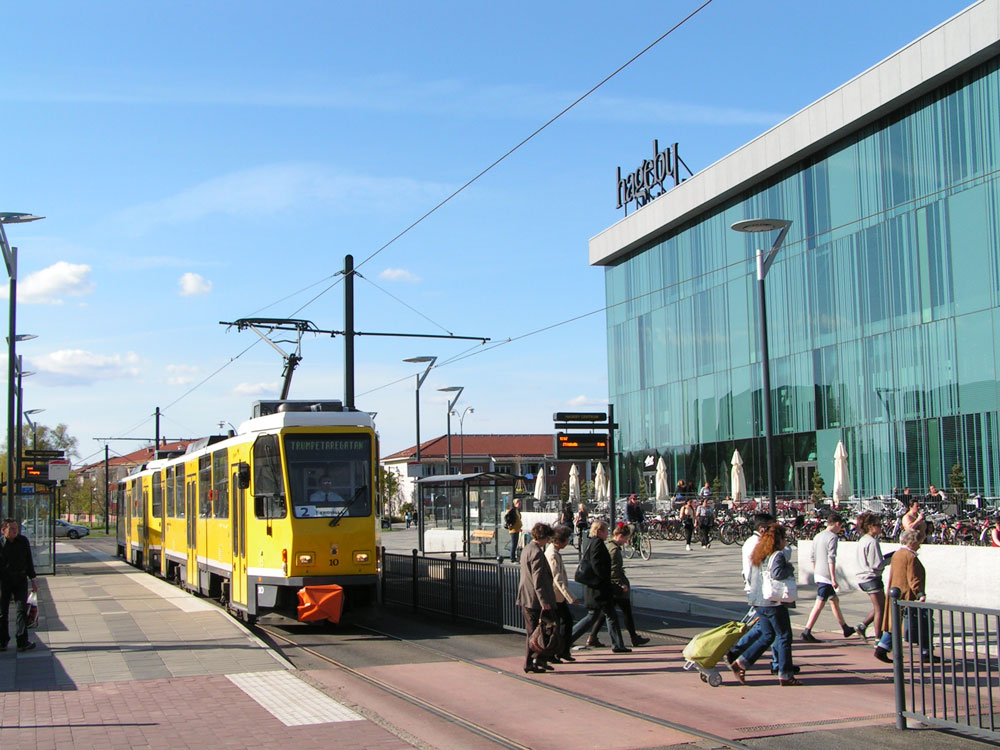
To improve the accessibility, social climate and housing conditions of the area, an expansive plan was developed. A four-kilometre-long tramline with a bicycle path alongside has been laid out. The line was opened in three stages between 2006 and 2011. A final section, reducing the travel time to the city centre by three minutes, is being planned right now and will be complete by 2021.
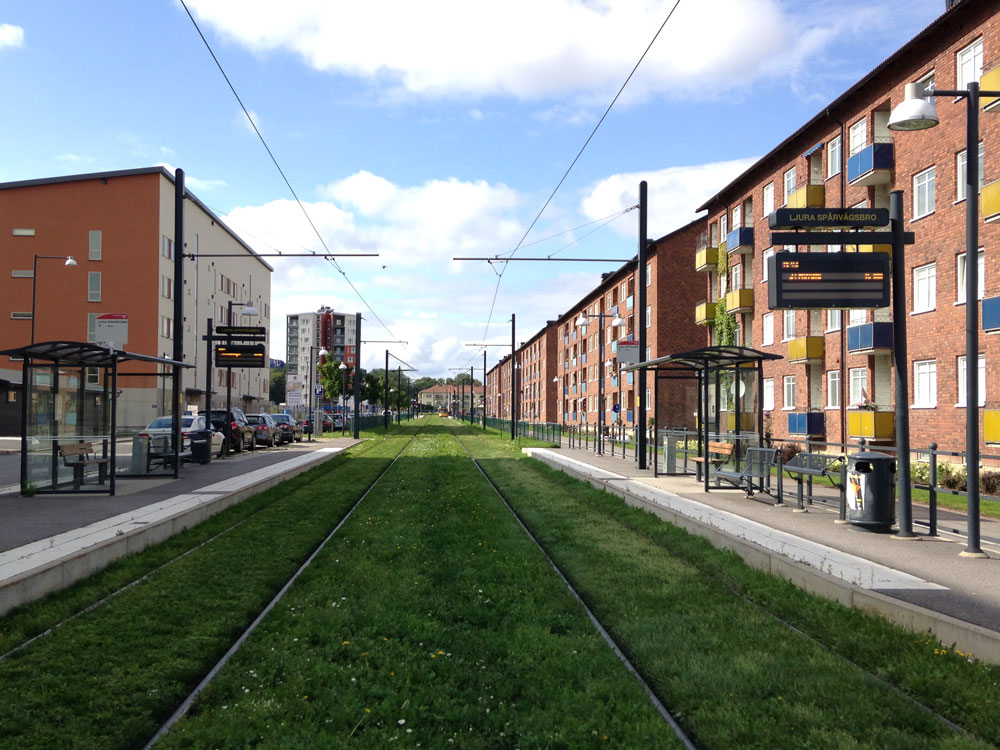
The new tramline runs from the most south-easterly side of the area to the city centre. The street pattern has been altered and the number of car lanes has been reduced in some places to make room for the tramline and the bicycle path. An important motivation for this was to remove barriers for pedestrians and cyclists, allowing them to move swiftly through the area.
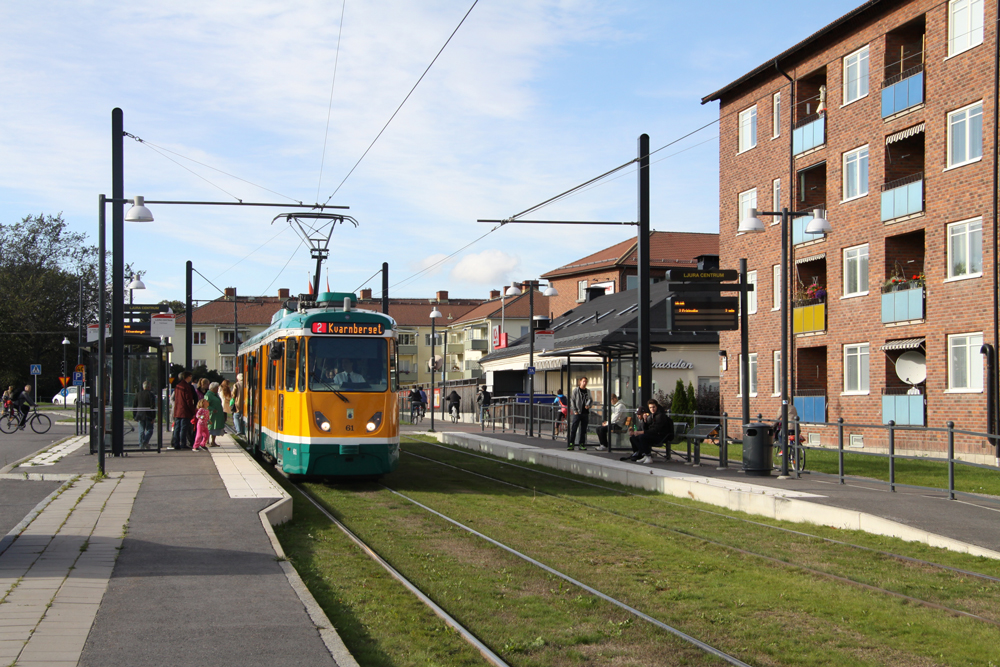
In Hageby the prioritisation of public transport over private car transport was translated into the relocation of the large parking lot further away from the shopping centre and a tram stop right in front of it. Buildings have been remodelled to let in more daylight. Through redesign the courtyards have been made more open and friendly.
Outcome
Working together to address a challenge keenly felt by all parties has strengthened the relationship between the city council, investors in the commercial area and the housing companies and has led to concerted and harmonised action between the three parties. The tramline improves accessibility to workplaces schools, medical facilities and leisure facilities. The project has contributed to more positive attitudes towards the area among both inhabitants of the area and the rest of the Norrköping population. This is reflected in the fact that nearly all the formerly abandoned dwellings now have new inhabitants.
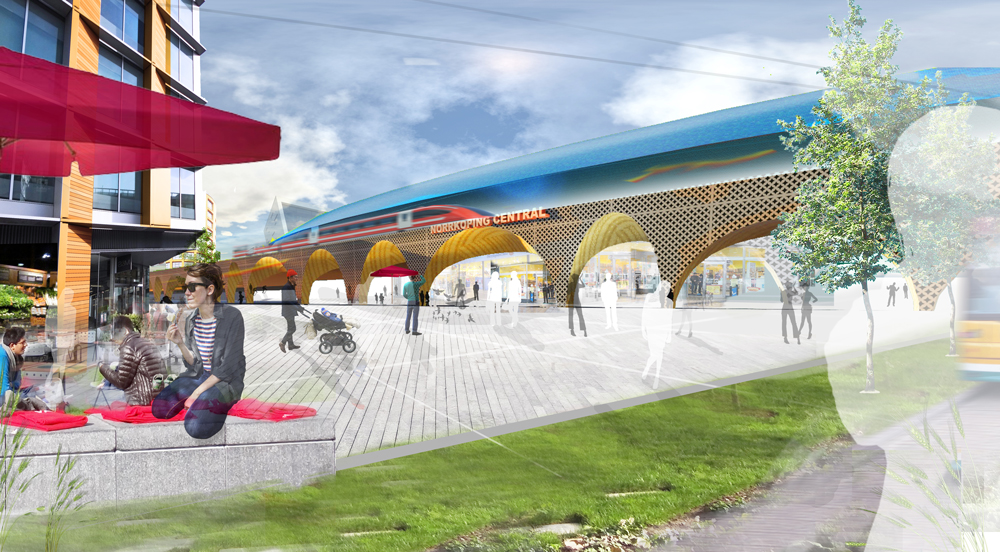
Relocation of the parking lot in Hageby has resulted in an increase in public transport use from 3% of visitors arriving by public transport to 10%. A considerable number of visitors also now arrive on foot or by bicycle, likely due to the highly densified residential area surrounding the shopping centre.

Prioritising public transport, cycling and pedestrian traffic has also reduced the pressure of car traffic on the city centre.
Potentials
The issues that Norrköping dealt with can be found worldwide: the urban decay of suburbs that have been built for a growing population. Unemployment, segregation, poor housing conditions and a bad reputation are the familiar problems. A high-grade transport line like the one in Norrköping can play an important role in addressing these issues.
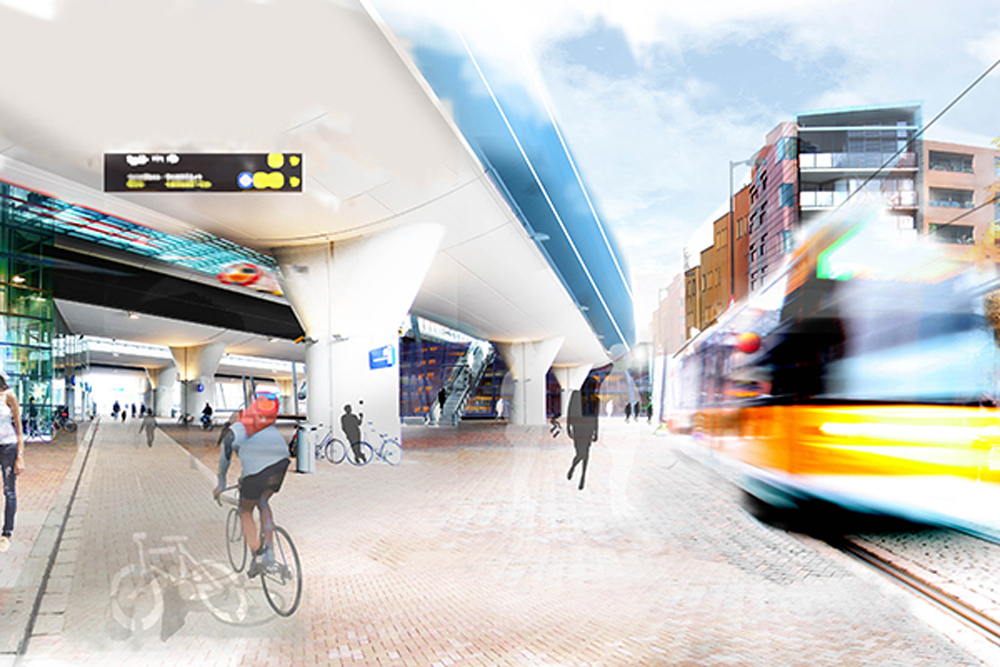
The positive economic, social and environmental effects of improving housing and building high-grade public transport are valuable and worth implementing in areas that suffer from similar problems.

